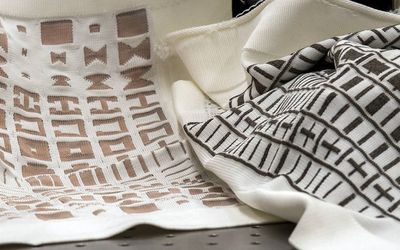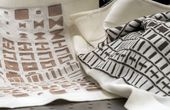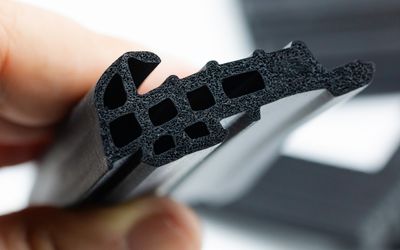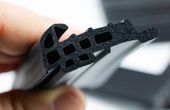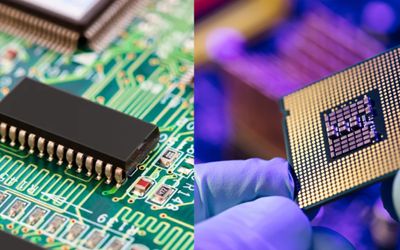Molex Quad-Row Board-to-Board Connectors
A miniature board-to-board connector for space-constrained applications making electronic circuit designs more robust and efficient.
Technical Specifications
| Connector Pitch | 0.175mm |
| Current Rating | 3 A |
| Voltage Rating | 50 V |
| Insulation Resistance | 100 M Ohm |
| Connector Width | 2.0 mm |
| Applications | Tablet PCs, Smartphones, Patient Monitoring Systems, Drones, Unmanned Vehicles, IoT, Smart Home devices. |
Overview
It's the world's most miniature board-to-board connector designed for space-constrained applications like wearable devices, smartphones, sensors, IoT devices, and more. The connector features high current and voltage ratings for its size, featuring a staggered pin layout with four rows. Designed for compact applications, the Molex Quad-Row Board-to-Board Connector can save up to 30% space on printed circuit boards, making it a suitable option for miniature electronic circuits.
Powerful Features for a Miniature Board-to-Board Connector
Even though the board has a compact size with a width of just 2.00 mm and a mated height of 0.6 mm, it boasts powerful electrical specifications featuring an insulation resistance of up to 100 MOhms. It can withstand a dielectric voltage of up to 250 Volts and has a relatively high current rating of 3 Amperes. The pins can bear up to 50 Volts, and the signal contact resistance is 30 milliohms.
These robust features make this connector a valuable product for many applications that might involve such magnitudes of currents and voltages. For instance, it can be a reliable option for drones that typically have high current-consuming motors. Likewise, its miniature size makes it a suited option for microelectronic circuits like IoT devices, smart home applications, smartphones, tablet PCs, and similar circuits.
Other than providing competitive ratings, the board-to-board connector also features robust physical features. It has a copper alloy contact with gold-plated solder tail area and contact area. Moreover, the underplating consists of Nickel plating. An LCP UL94 V-0 housing enables the connector to withstand extreme temperatures ranging from -40 to +85 degrees Celsius.
Performance-Oriented Design Addressing a Wide Range of Applications
The Molex Quad-Row Board-to-Board Connector has a performance-centric design. It can be easily integrated with PCBs and features an inset-molded and armored nail design to provide additional protection in the interior cover. It also makes the connector more robust and flexible for a variety of electronic applications.
Hence, the connector can cater to a wide range of applications like therapeutic equipment, surgical equipment, and patient monitoring systems. Its miniature size makes it more convenient for designers to connect multiple boards and save space on PCBs.
Likewise, the connector is quite handy for tech gadgets that tend to experience abrupt and severe movement like shaking, rotating, dropping, etc. The connector is tightly fixed inside such devices, and it ensures that the connected boards don't loosen up either. Hence, it's a suitable option for smartphones, PC tablets, VR and AR headsets, etc.
Moreover, thanks to its current handling capability, the connector also provides useful applications in unmanned vehicles, drones, aircraft, and avionics systems.
Where to find it

Mouser Electronics
Mouser Electronics is a worldwide leading authorized distributor of semiconductors and electronic components.



